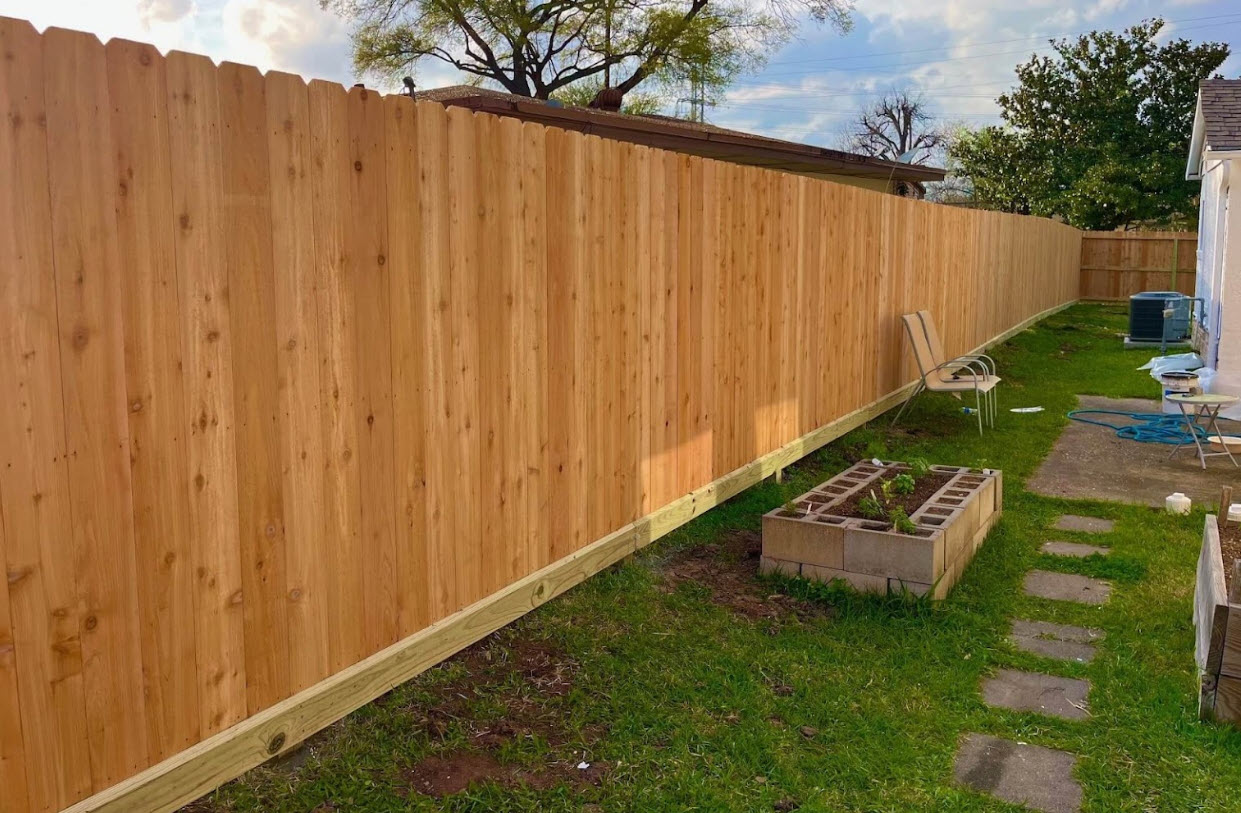Flood design tips you should know before building or buying a home
The architecture firm behind Queensland’s flood-proofing guide says folks who have adopted its building and design tips are preserving cash on their insurance rates and obtaining back again into their houses speedier.
Key factors:
- Insurers are lowering rates for home owners adopting flood resilience actions
- Pointers out there on the internet detail construction and style methods for new and present households
- Tiling flooring, boosting power factors, and employing waterproof materials can safeguard residences for the duration of flooding
The Flood Resilient Developing Advice for Queensland Residences authored by Brisbane business James David Architect (JDA) was put to the check in the course of the state’s modern flood disaster — and it labored.
Much more than 140 houses upgraded in line with the guidance by means of Brisbane Metropolis Council’s (BCC) flood resilience program were better protected all through very last month’s deluge, letting households to clean up up and properly shift back in within just times.
JDA founder James Davidson said tactics like elevating power points and sealing flooring applying skirting tiles not only saved residences, it diminished insurance policies costs for citizens of flood-prone suburbs the place rates were being on the rise.
“Insurers are open to minimizing premiums if their property are secured.”
Comprehending flood danger a easy place to commence
Not all people is eligible for monetary support to flood-proof their homes, but Mr Davidson said comprehending your flood chance and shelling out for a couple of crucial upgrades could make a substantial big difference.
“The to start with issue I would counsel is asking a surveyor to give you a spot stage of your floor floor — that charges somewhere amongst $300 and $500,” he explained.
“Once you’ve got received that level, solution council about knowledge whether you’re affected by overland circulation, creek or riverine flooding.”
Mr Davidson claimed figuring out what types of flooding your dwelling was susceptible to would expose how prolonged it could be uncovered to water in the course of a flood and what building elements to keep away from.
“Overland movement flooding might be in and out within just 6 to 8 hours versus riverine flooding, which can adhere all-around for three to four days,” he claimed.
“Creek flooding normally could be one to two times.”
Hollow elements, cavities pose wellbeing chance
Sodden plasterboard and insulation piled up on entrance yards and footpaths was a familiar sight in the course of Queensland’s flood clean-up and became a magnet for mould.
Mr Davidson reported any cavity or gap between constructing components, like the void concerning exterior cladding and an interior wall, have been problematic next a flood.
“If you get h2o ingress in there then that’s primed for mould growth and you can in fact have extensive-time period troubles if you will not enable points dry out ample,” he explained.
Queensland’s flood resilience guidance recommends constructing walls from main-stuffed blocks or single-pores and skin polycarbonate to do away with cavities that can maintain humidity and silt.
It also demonstrates how properties can be made with spaces to lift vital items higher when flooding begins, and variations of perimeter fencing to aid floodwater flow away.
Retaining up with residence servicing and re-wondering substance preference for merchandise like kitchen cabinets and door frames could also help you save home owners funds in the extended operate, according to Mr Davidson.
“We have typically applied hardwood timber frames, fairly than pine, since hardwood is less vulnerable to mould and to swelling during an celebration,” he mentioned.
“There are a ton of materials on the market place now that are reasonably priced for cabinetry, waterproof products that can be rained on.”







